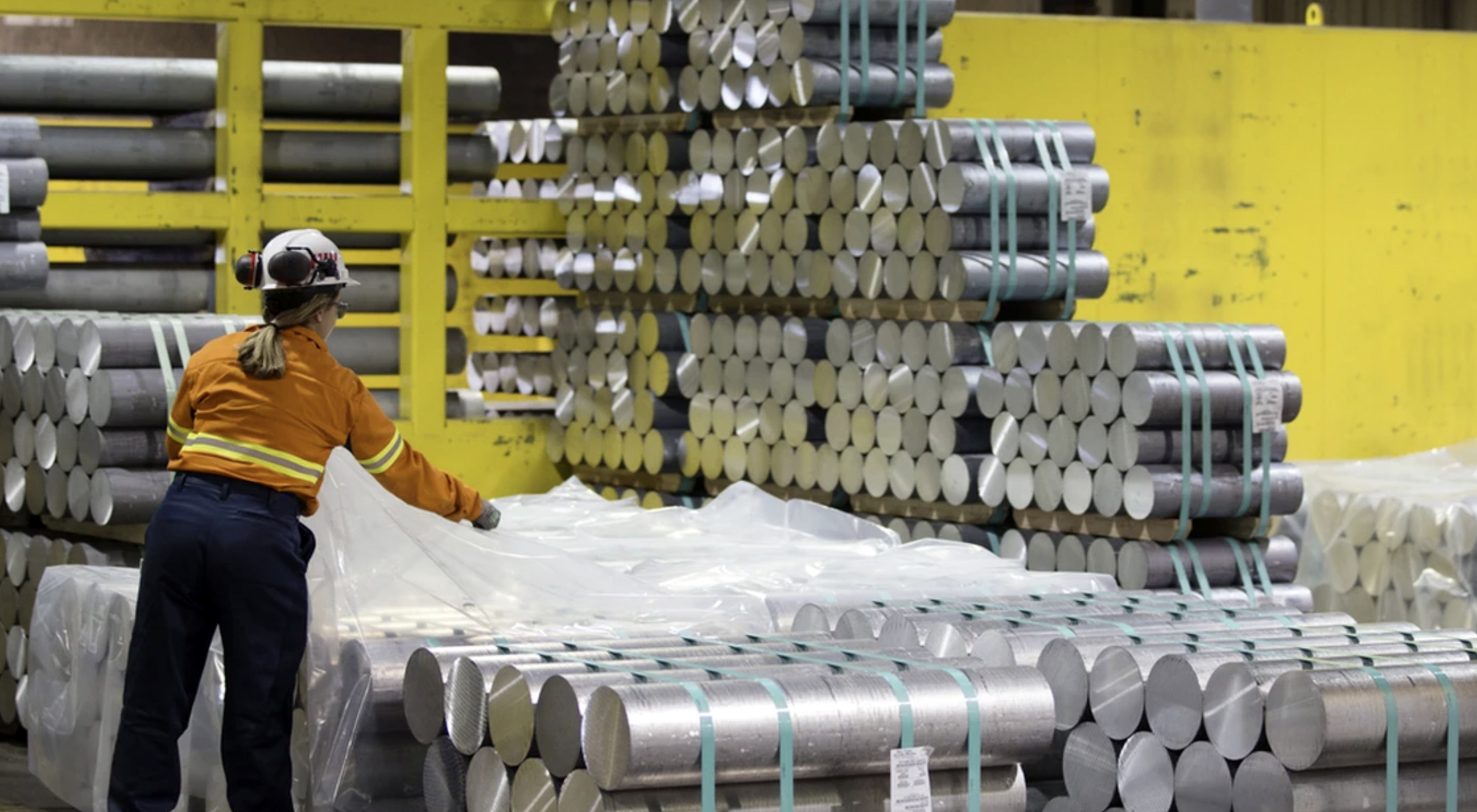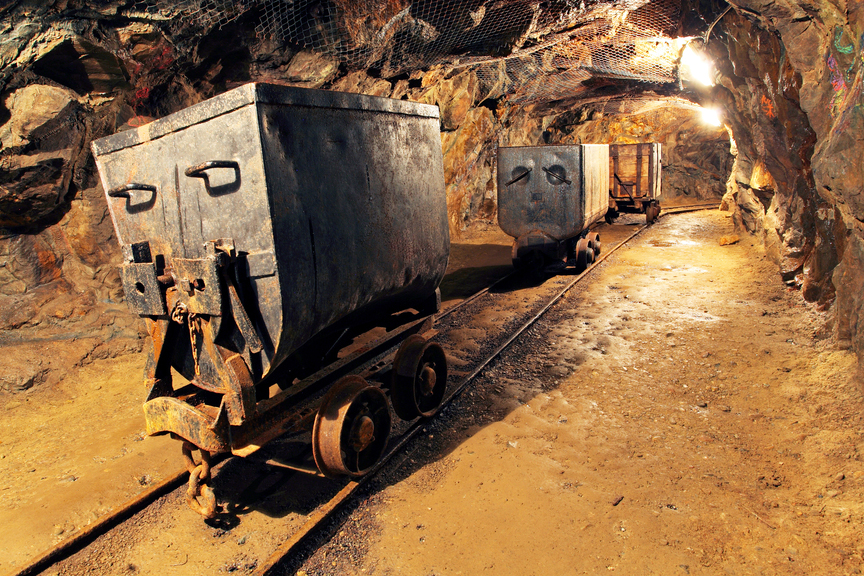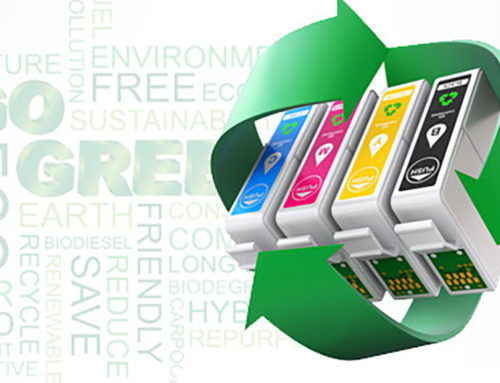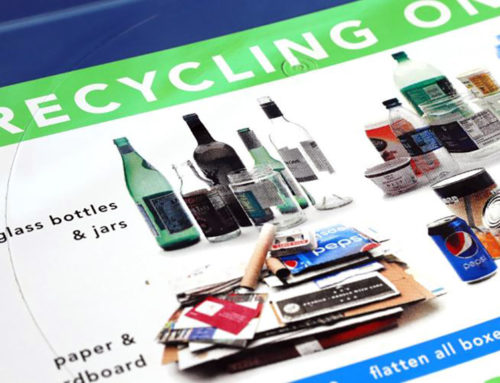In a strategic move signaling a shift towards sustainability, major mining companies are venturing into the metal recycling game, recognizing the growing demand for recycled minerals in the midst of the global energy transition. A notable example is Rio Tinto Ltd.’s recent investment of $700 million in acquiring a 50% stake in Brampton, Ont.-based Matalco Inc., a leading aluminum recycler. This move, while a small fraction of Rio Tinto’s annual income, holds significant importance for the mining giant’s future trajectory.
As the world progresses towards cleaner energy sources, the demand for metals like aluminum, lithium, and copper is expected to soar. These metals play vital roles in renewable energy technologies and electric vehicles. While primary metal production has been the norm for many years, the International Energy Agency (IEA) predicts a substantial increase in the contribution of recycled metals to the global supply from 2030 onwards, becoming even more significant by 2040.
Rio Tinto’s CEO, Jakob Stausholm, acknowledges the importance of incorporating recycled products into the company’s portfolio. With a focus on aluminum, a key material in the energy transition, Rio Tinto anticipates a 70% increase in demand for recycled aluminum in the United States from 2022 to 2032. The move not only aligns with the company’s commitment to sustainability but also provides a strategic edge in an evolving market.

While recycled aluminum offers a more energy-efficient alternative, Stausholm emphasizes the need for a balanced approach. Some customers prefer the performance of primary aluminum, while others opt for recyclable materials. This approach allows Rio Tinto to strengthen relationships with existing customers and tap into new markets, contributing to both environmental goals and business growth.
Despite the promising outlook for recycling, Kunal Sinha, Glencore PLC’s head of recycling, highlights the fundamental differences and risks between mining and recycling operations. Unlike mining, where the metal’s presence in the ground is known, recycling involves tapping into the unpredictable urban mine of electronic waste. Managing financial and logistical risks poses challenges unique to the recycling sector.
Rio Tinto’s collaboration with Matalco exemplifies a model where each partner leverages its strengths. Matalco manages recycling facilities, while Rio Tinto, as a major aluminum seller, utilizes its vast customer base for marketing. Glencore follows a similar model, focusing on metallurgical transformation while relying on partners for other steps in the recycling process.
As major mining companies embrace recycling, including Glencore’s substantial presence in the industry, the sector’s landscape is evolving. Despite the complexities, the demand for recycled metals, particularly in the lithium-ion battery recycling industry, is expected to grow significantly. The next decade is poised to witness innovations and increased collaboration as the industry adapts to meet the challenges and opportunities of the energy transition.






